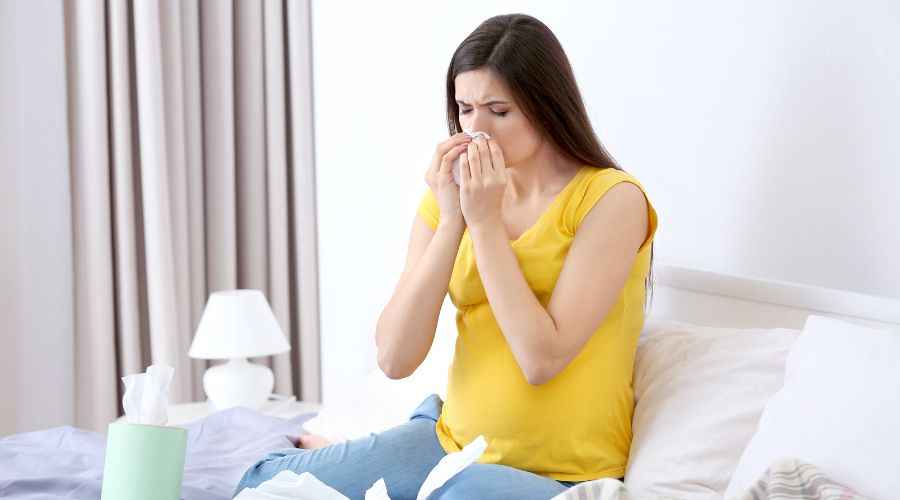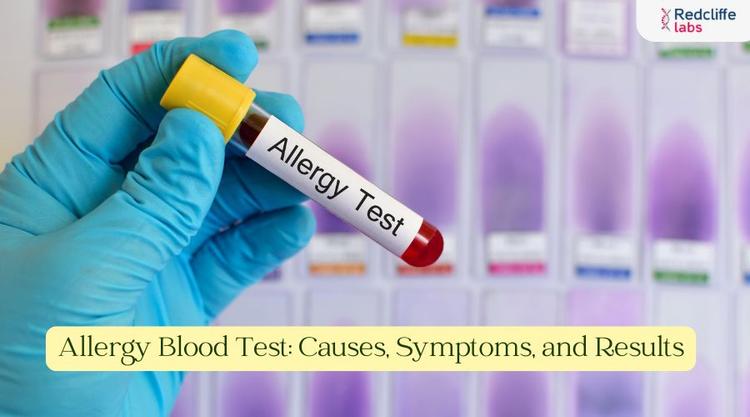Indoor Allergy Causes, Symptoms, and Treatment

Medically Reviewed By
Dr. Ragiinii Sharma
Written By Sheena Mehta
on Jul 8, 2024
Last Edit Made By Sheena Mehta
on Jul 19, 2025

Introduction
One has rightly said that there is no place like home. But the saying does not suit all.
How? Let’s find out.
Just stepping indoors—at school, home, or work—exposes you to numerous allergens that produce an allergic reaction. The most common indoor allergies are derived from pets, dust, mold, invasive rodents, cockroaches, mammals, and fungi.
Indoor environments contribute significantly to people’s health, as they spend most of their time indoors. Sensitization and openness to indoor allergens are risk factors for unfavorably susceptible respiratory infections, including rhinitis, asthma, and hay fever.
When you have allergies, your immune system makes immunoglobulin E (IgE) antibodies. Your cells release histamine to fight the allergens resulting in allergic symptoms, such as itchiness, runny nose, coughing, sneezing, and watery eyes.
In this blog, we present the most important indoor allergens that can make your life miserable. Indoor pollutants, such as cooking with polluting fuels, are a global environmental problem. Besides, gases, particulates, and microorganisms are indoor pollutants, among others, that can impact the health of children and adults.
In this blog, we discuss the most common indoor allergy triggers and how you can reduce allergens to make your home an allergen-free abode.
Remember, the cleaner your home, the stronger your defense against indoor allergies.
Also read: https://redcliffelabs.com/myhealth/allergy/dust-allergy-symptoms-and-treatment/
Let’s get started!
5 Most Common Indoor Allergens and what to do about them
Dust Mites:
Do you know?
About 95% of the allergens are associated with mites. Mite-contaminated food can cause several allergic reactions.
Ways to control dust mites:
- Keep your surface uncluttered.
- Instead of wall-to-wall carpets, use low-pile carpets, washable rugs, or tile.
- No use of overstuffed furniture.
- Wash bedding, stuffed toys, and pillows in hot water.
- No heavy drapes.
Pet Dander:
No dog breed, including the hairless ones, is 100% allergen-free. It is because you react to saliva, dander, or urine allergens.
If you are no longer around pet allergens, symptoms can disappear after a few hours. However, some symptoms, particularly those caused by cat allergens, can last for up to six months after the animal has left the area.
Reactions include redness of the eyes, coughing, itching, and nose.
Ways to manage pet dander:
- No direct contact with pets.
- Frequent cleaning of pet beds and toys
- Ensure you don’t bring pets to your bedroom.
- Wash your hands thoroughly with soap and water after touching, feeding, or playing with pets.
- Before bringing pets into the house, ask an allergist if you are allergic to pets.
Cockroaches:
Did you know cockroaches carry twelve different types of allergens? They eat dead skin cells,and they are known to feed on dead skin cells. When you are accidentally bitten by a cockroach, it often leads to swelling and may also result in pink eyes.
Ways to control cockroaches include:
- Use lidded containers to store food.
- Remove the trash quickly.
- Clean your stove, cupboards, and other kitchen appliances regularly.
- Clean under the stove and refrigerator with water and white vinegar.
- Ensure sweeping is done before dusting.
Pollen:
Many people are allergic to pollen that comes from plants and can be inside buildings. The most common triggers are grass pollen in the summer and tree pollen in the spring.
Besides, aggressive hay fever reactions include itchy eyes and throats, swollen skin around the eyes, a runny nose, and eczema inflammation.
Ways to reduce indoor pollen are:
- Use an air purifier.
- Vacuum regularly and thoroughly.
- Remove Dust
- Avoid mold spores.
- Shaking outdoor clothing before entering a residence
Mold Spores
Spores are small particles released from mold that can cause allergic reactions such as respiratory problems, sneezing, dry skin, nasal congestion, itchy eyes, and throat irritation.
Ways to prevent the buildup of mold:
- Ensure your home is dry and well-ventilated with an effective air purifier.
- Keep a check on the humidity indoors.
- Identify the problem areas in your home and correct them.
- Equip your home with mold-resistant products.
- Have your roof gutters cleaned and inspected for damage.
7 tips and tricks to minimize indoor allergens:
Although there are ways to reduce indoor allergens, completely avoiding them is nearly impossible.
- Keep the air as spotless as could be expected.
- Boost the flow of air outside.
- Keep the air dry.
- Use air cleaners with guaranteed sensitivity and asthma channels.
- While doing housework, don a mask.
- Take off from the house for a few hours after cleaning it.
- Don’t allow smoking anywhere in the room.
Take Away:
People with sensitivities experience allergic reactions when exposed to allergens like food, dust, perfume, animals, insects, and more. Coughing, sneezing, forming hives, rashes, itchy eyes, a runny nose, or scratchy throat may be your reaction after eating, injecting, or touching an allergen. If not treated promptly, it can result in asthma attacks, low blood pressure, difficulty breathing, and even death in severe cases.
Allergies cannot be cured. Through treatment and prevention, allergies can be managed. For a diagnosis and treatment plan, see a doctor. Through UHS, you can learn more about allergy treatments.



